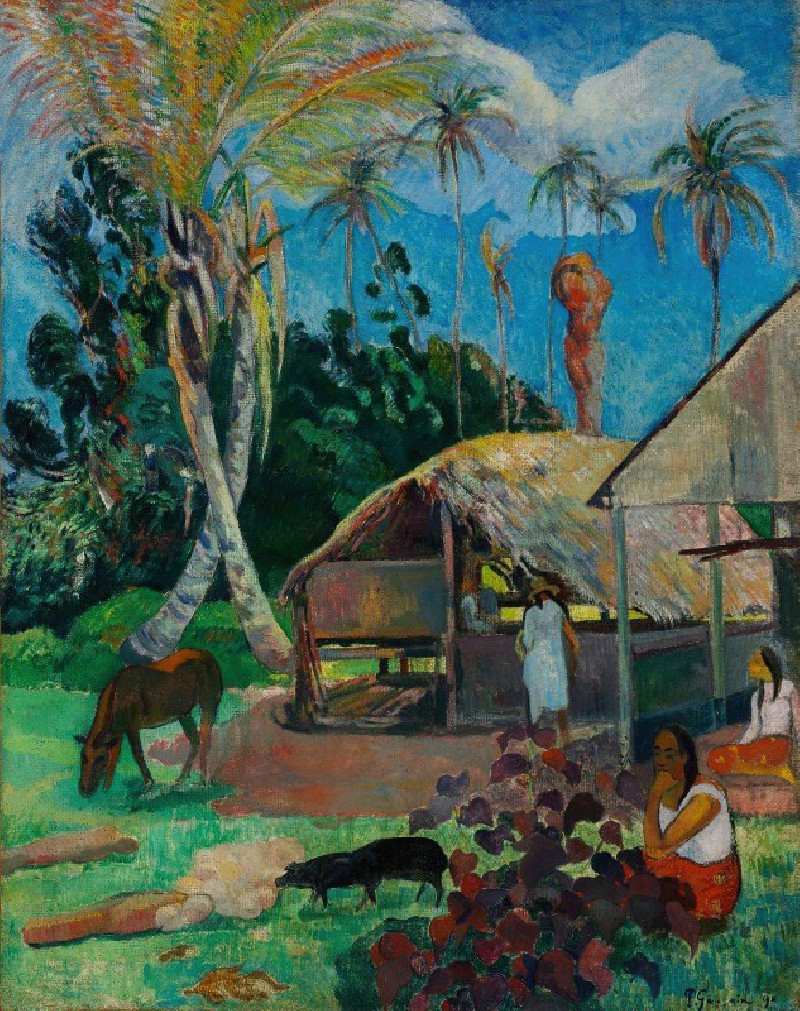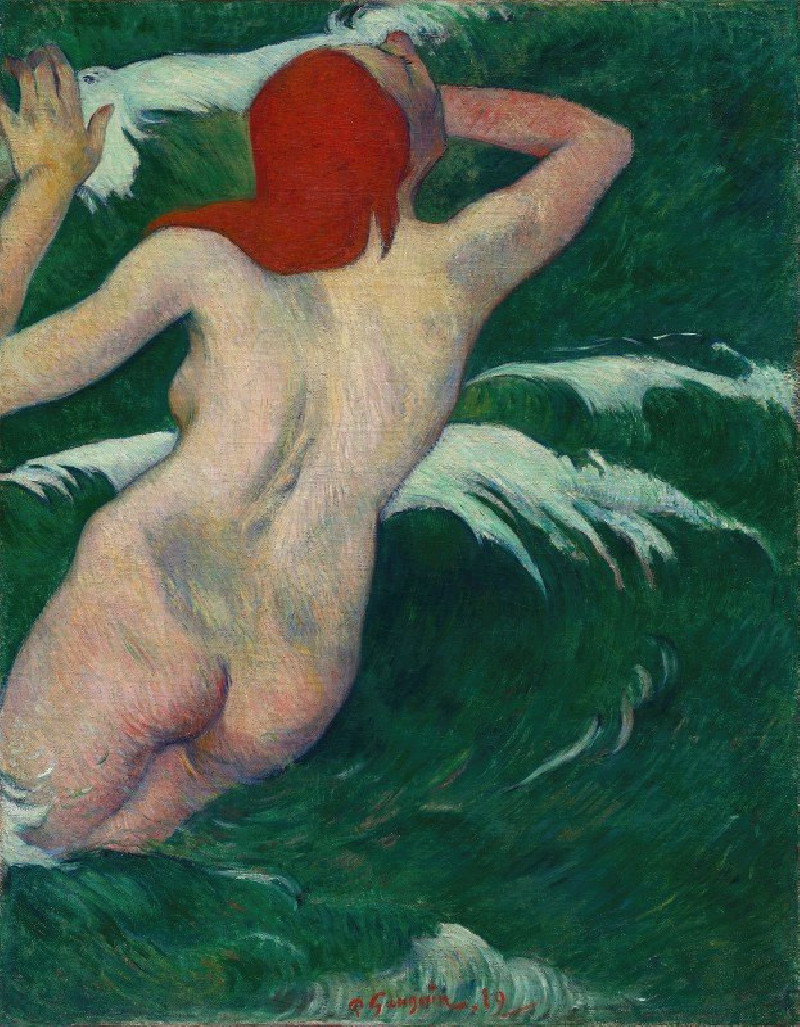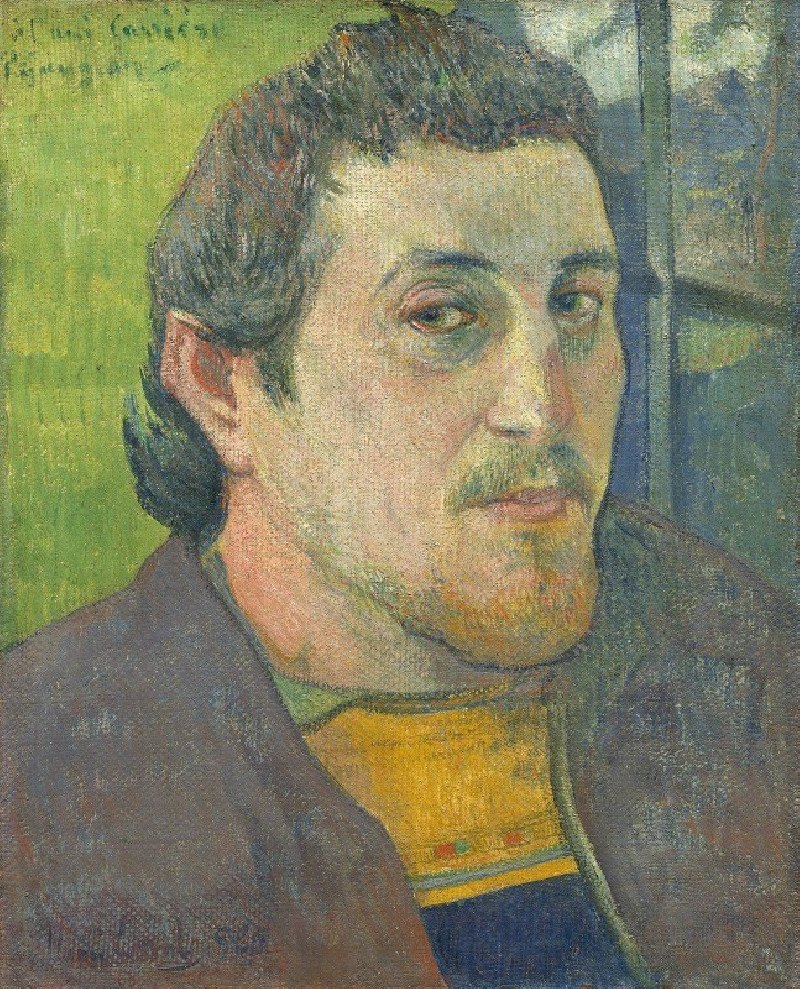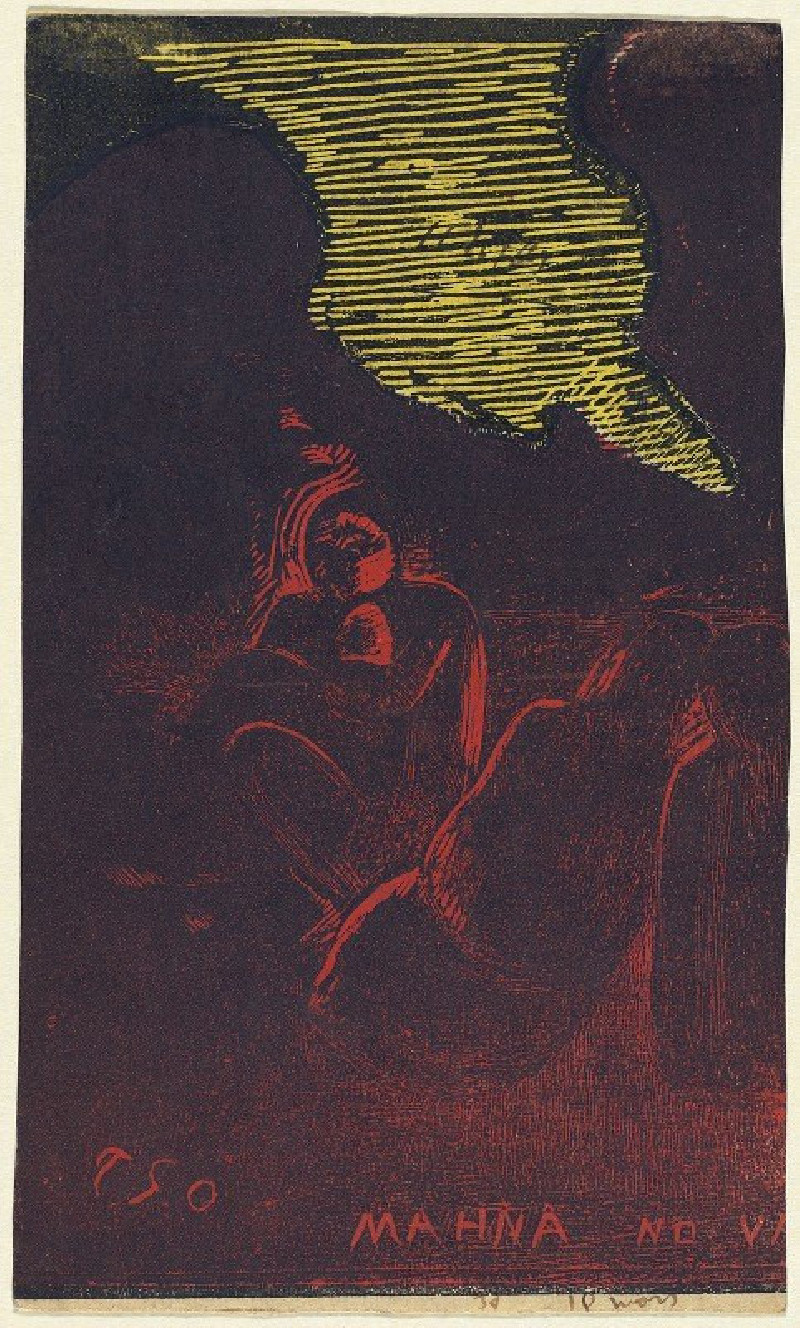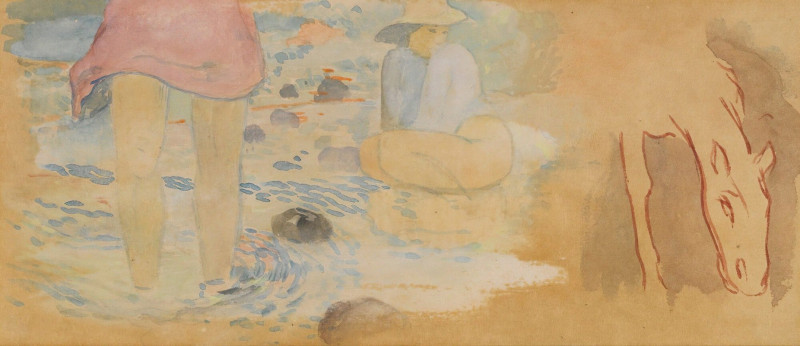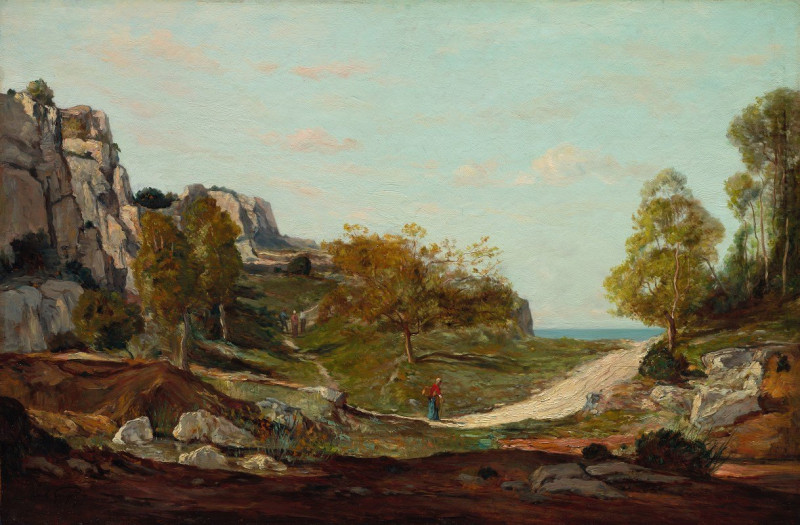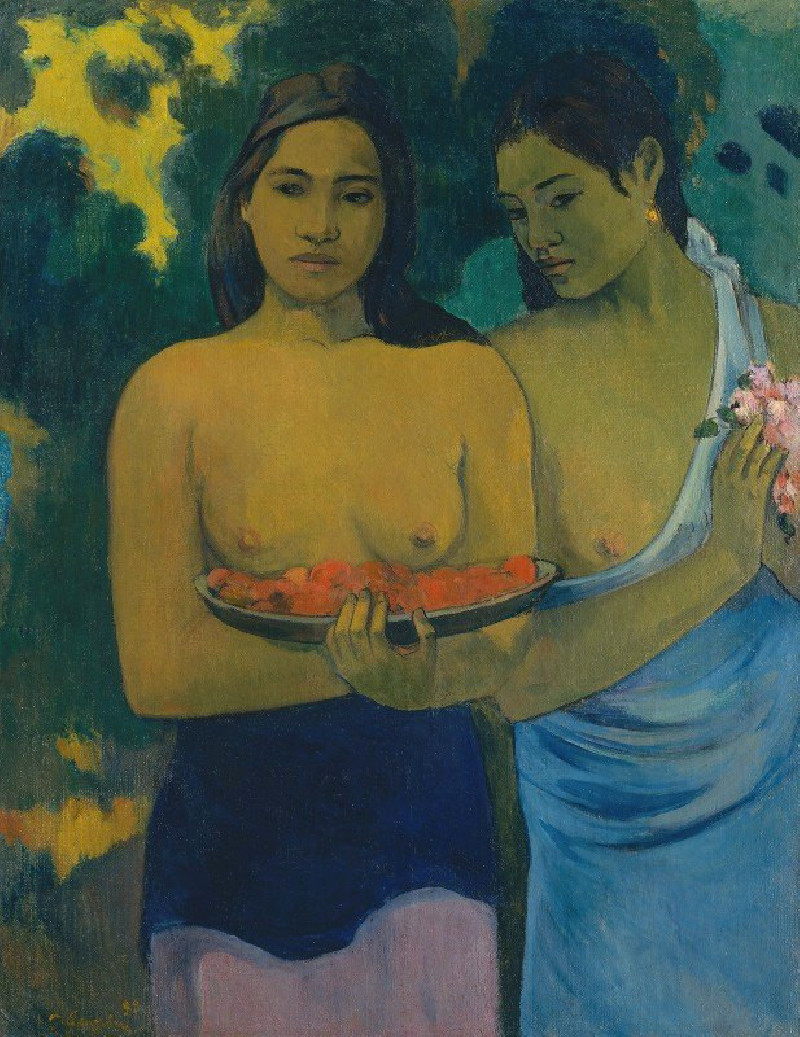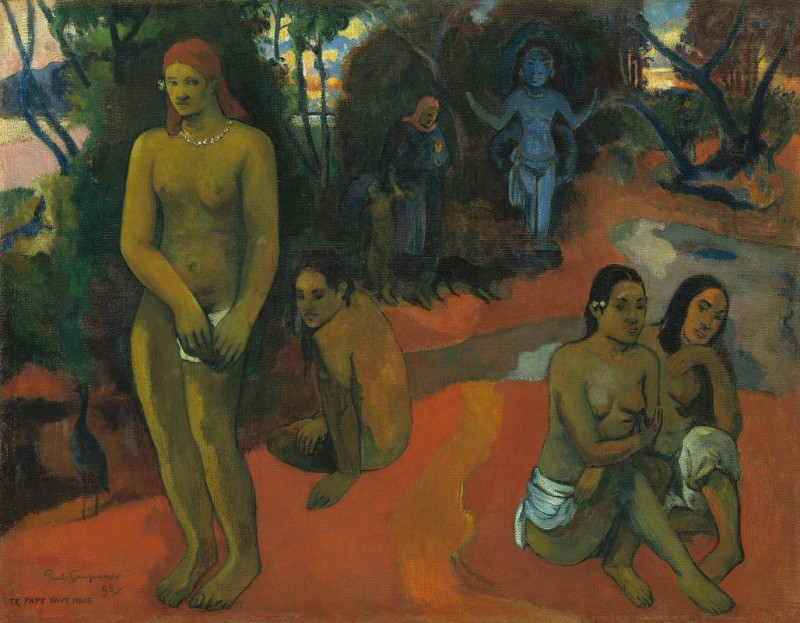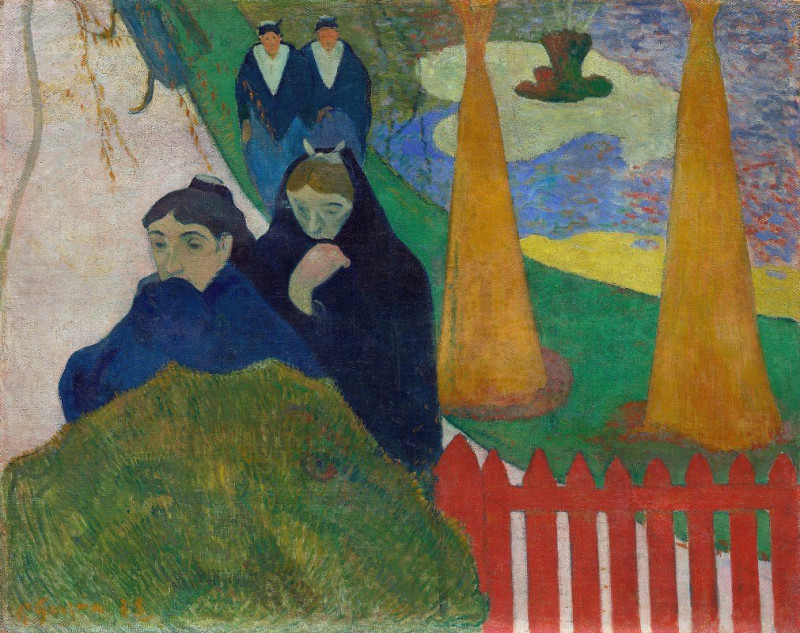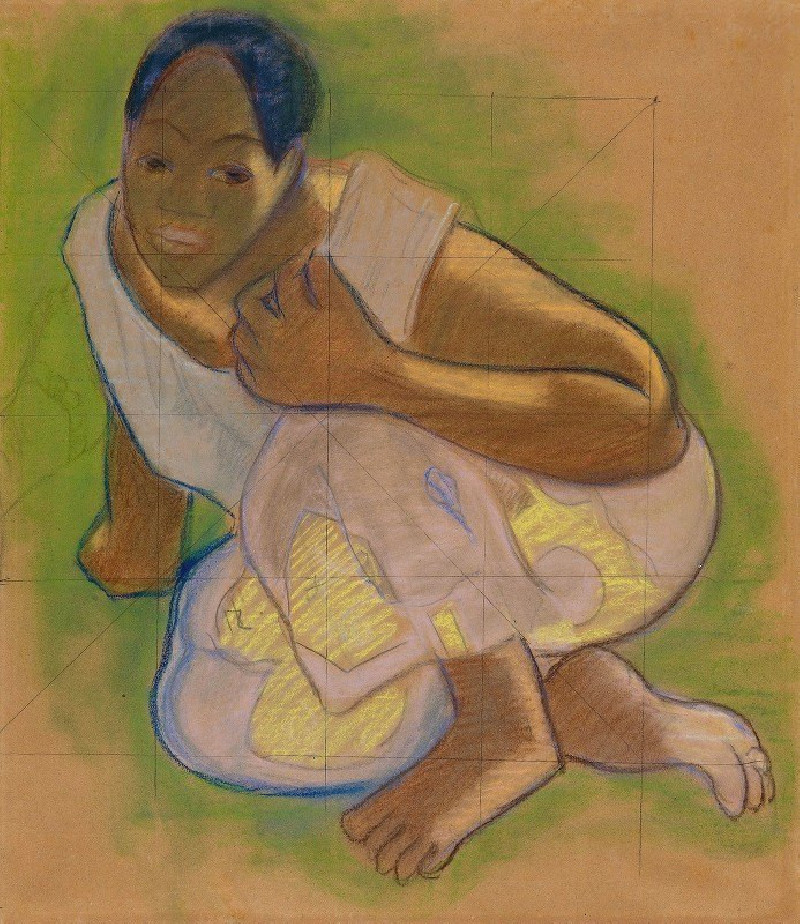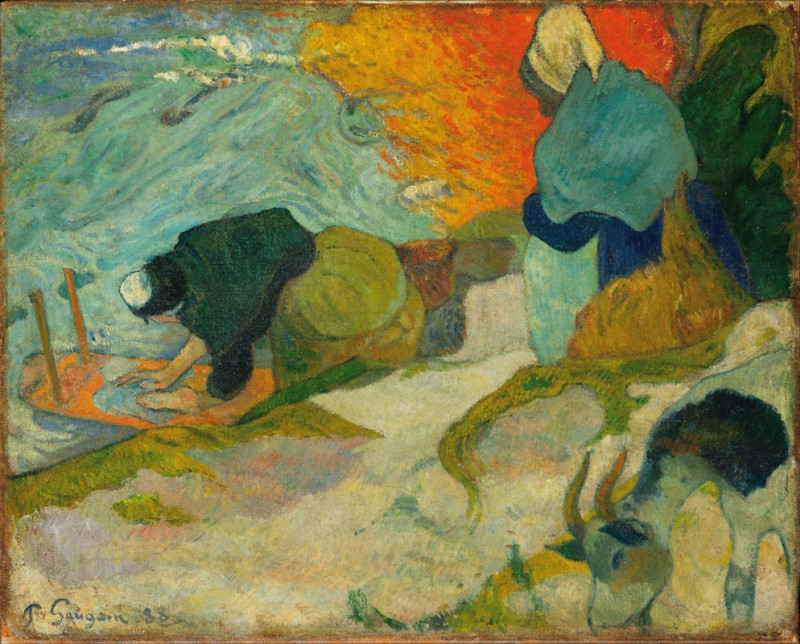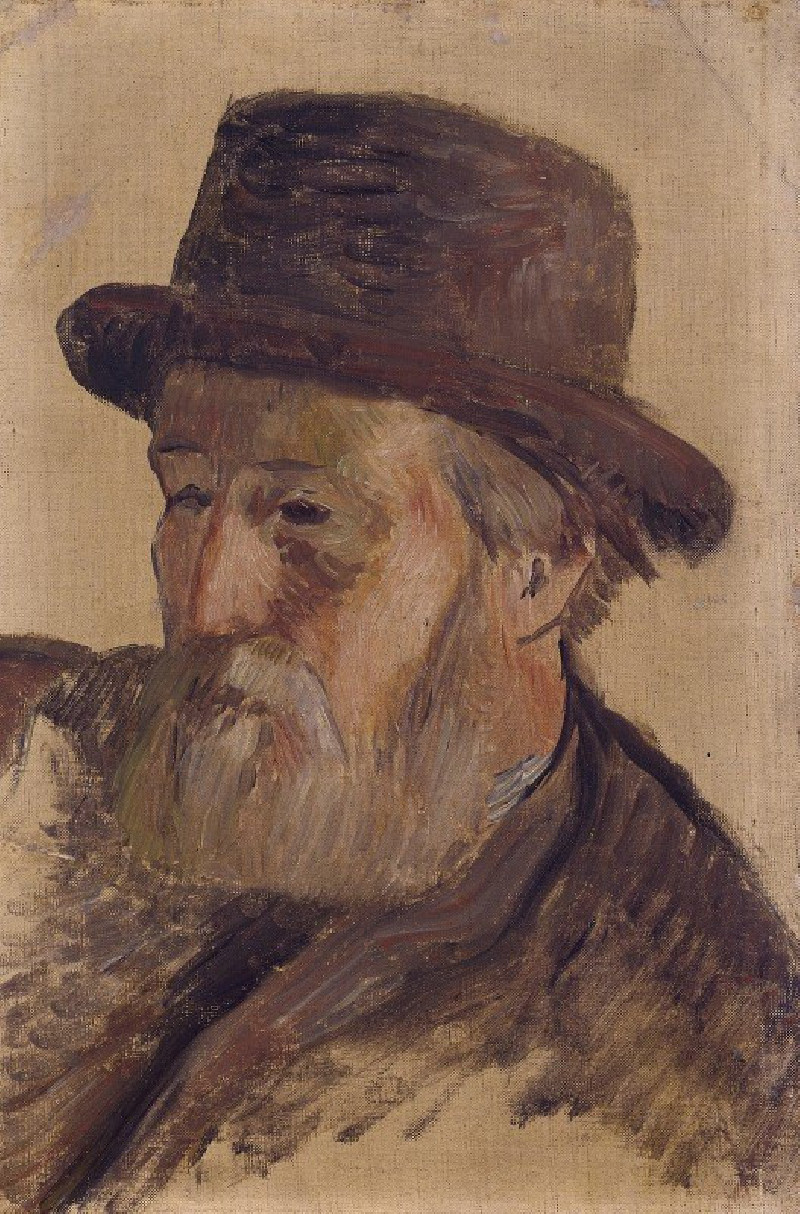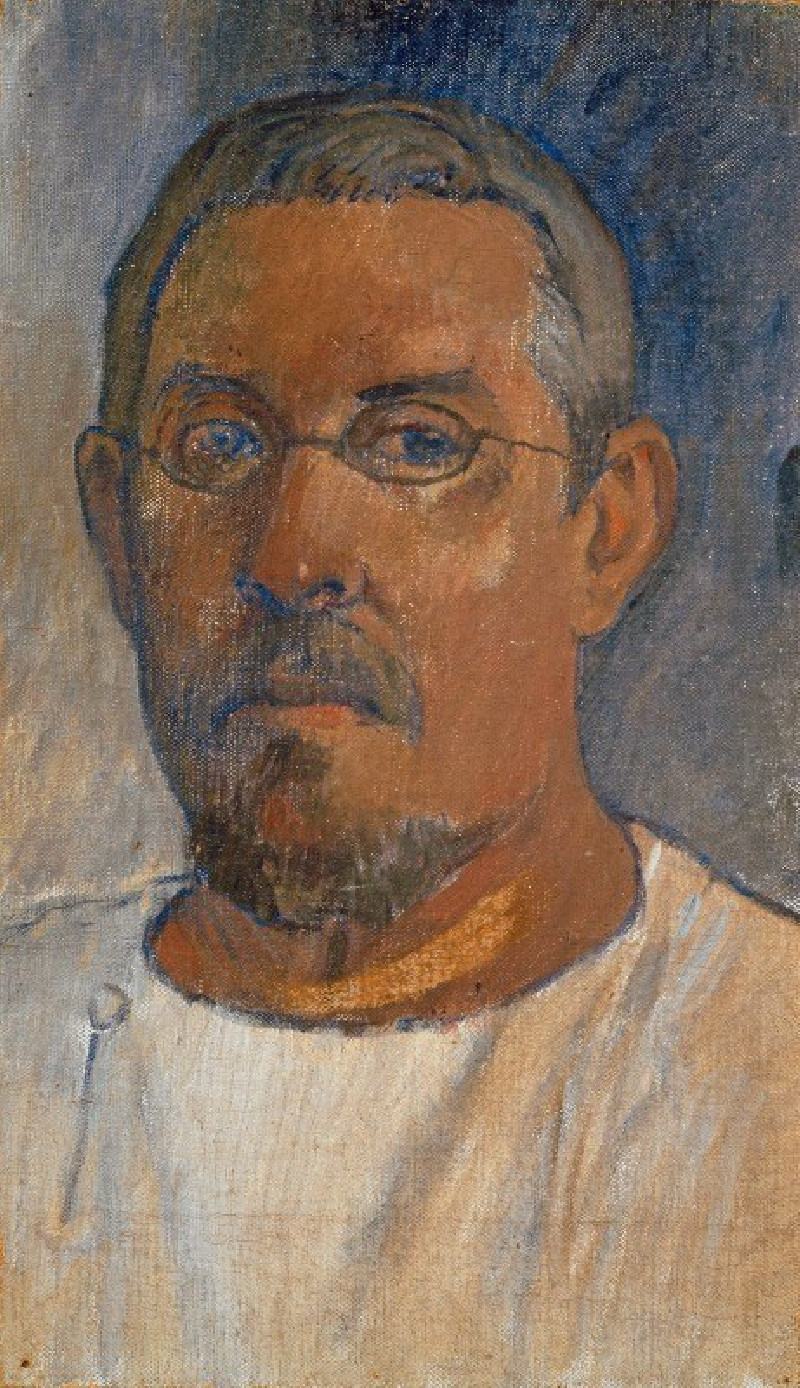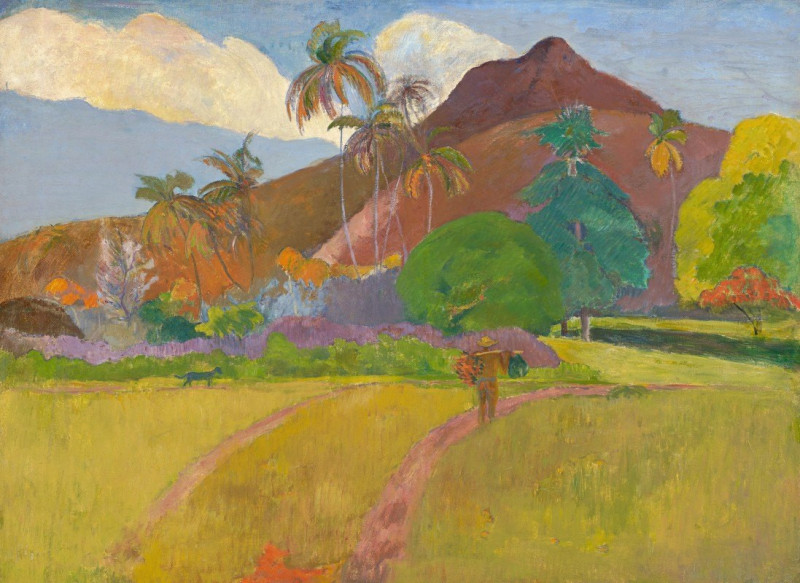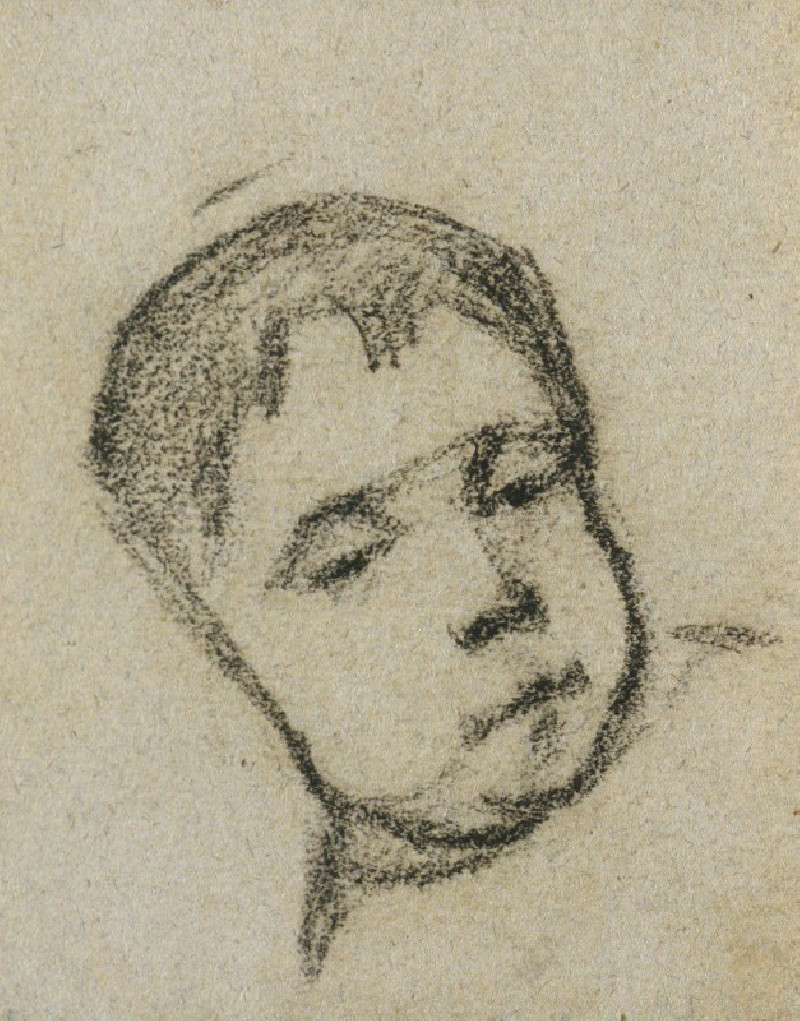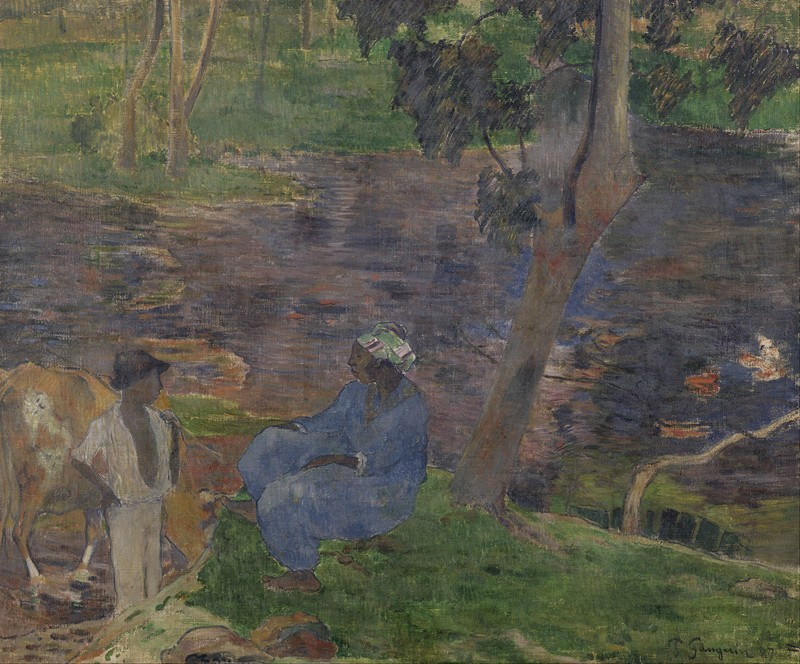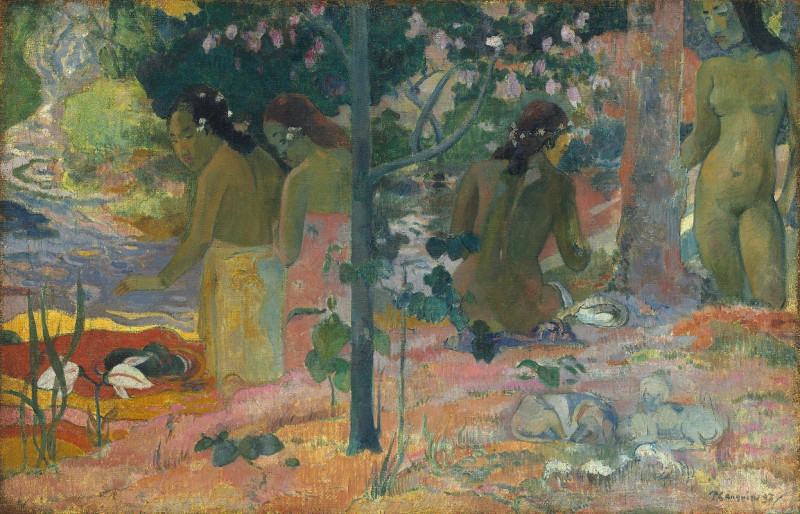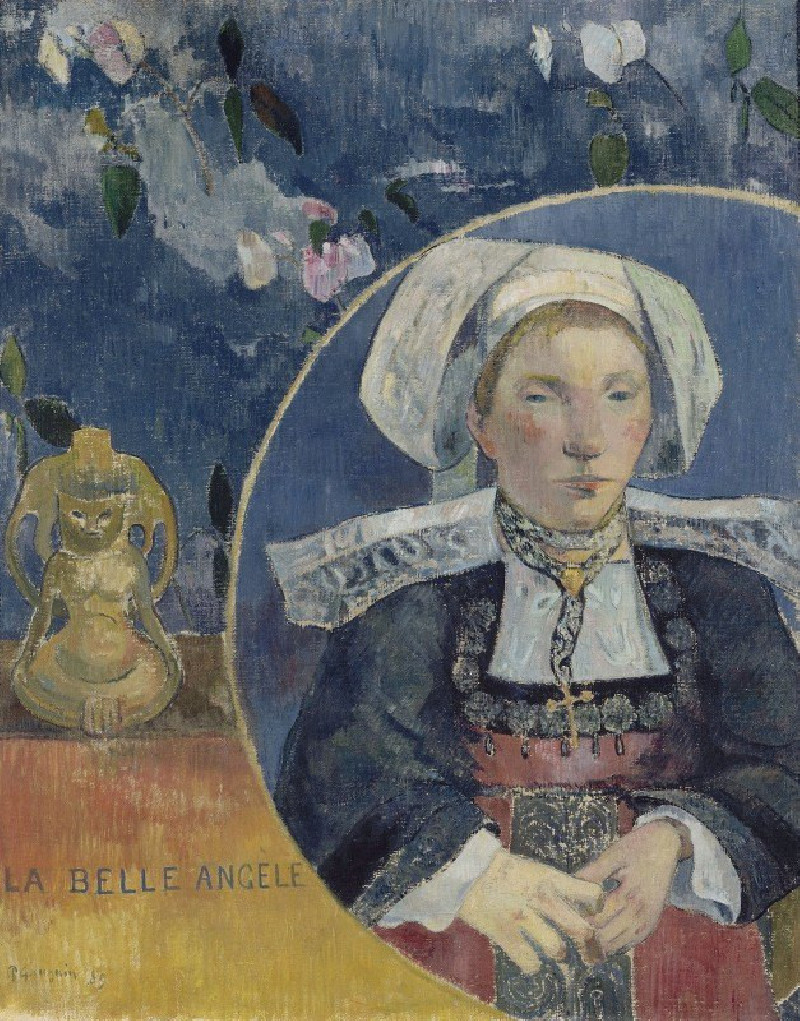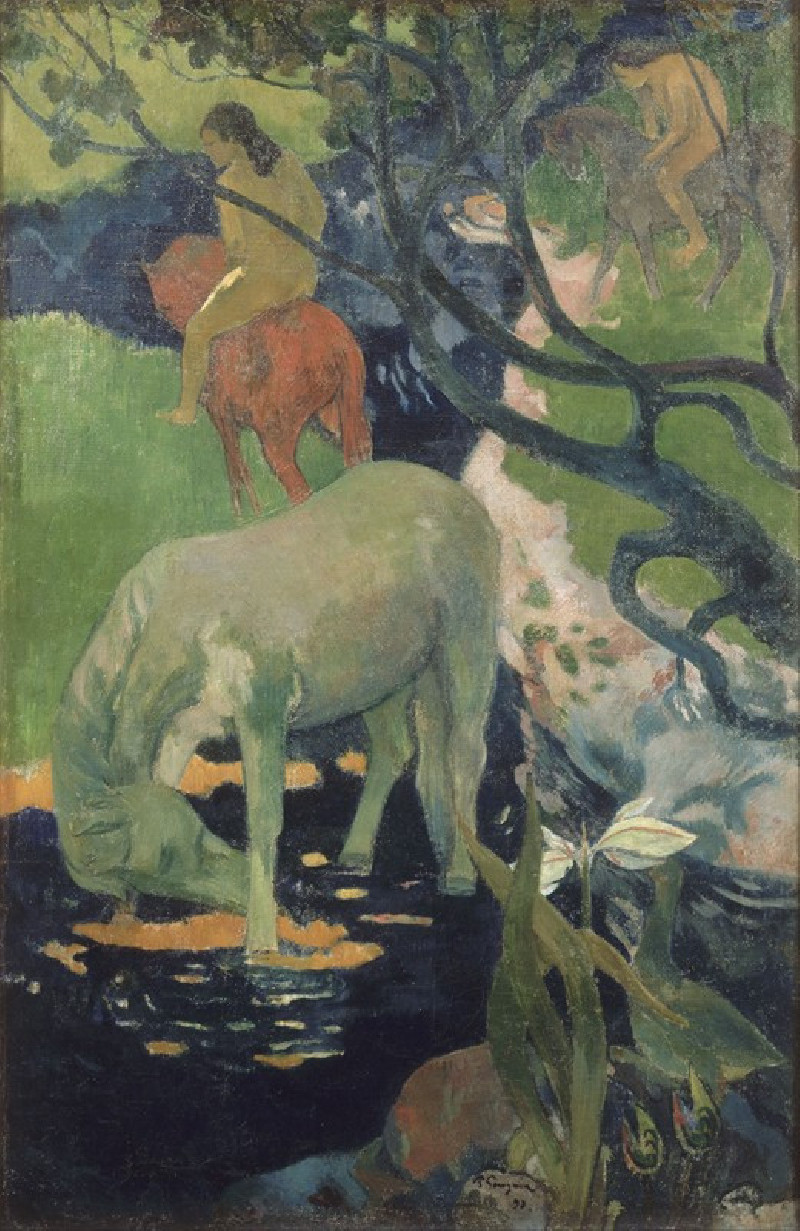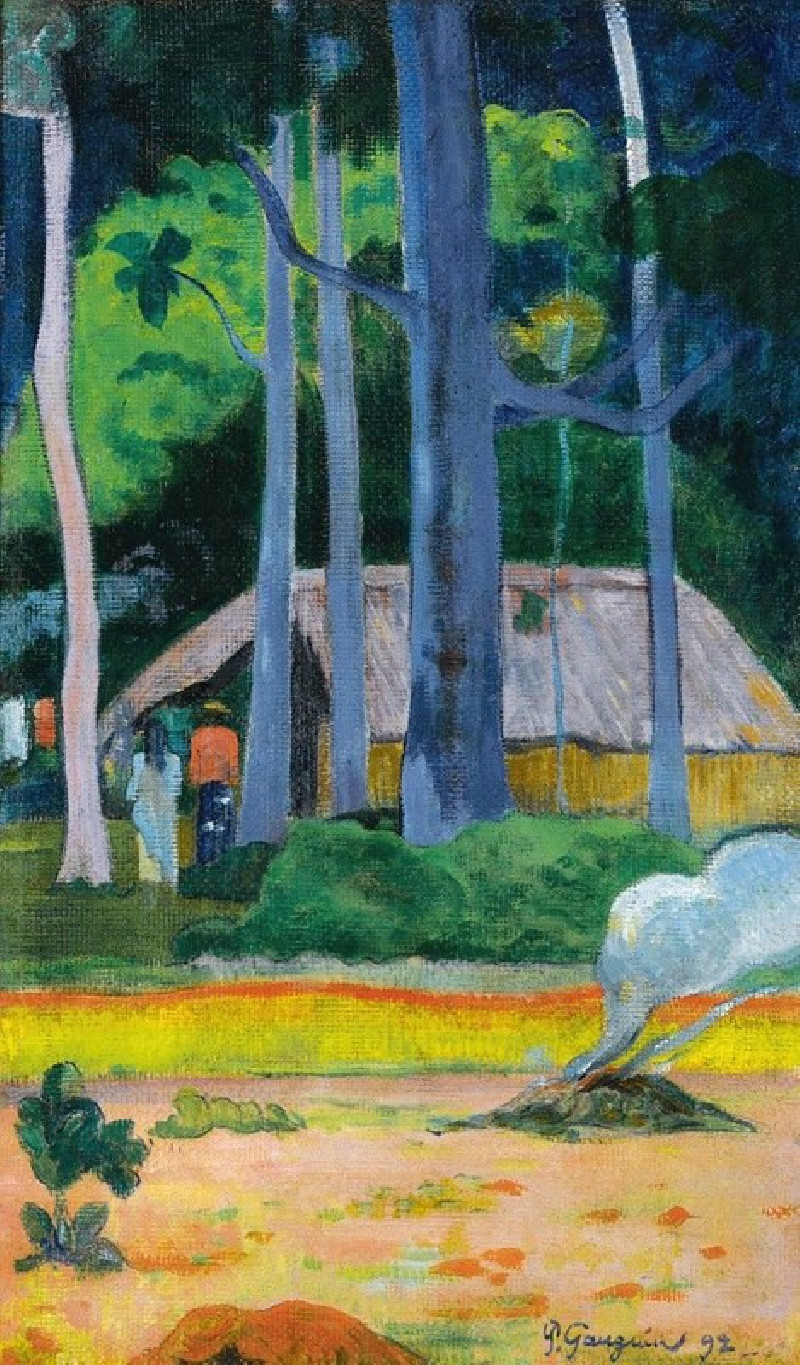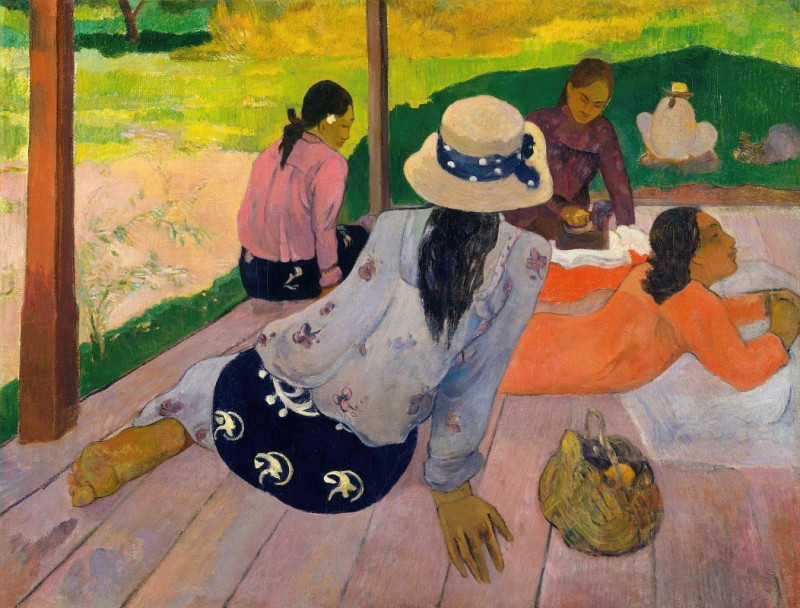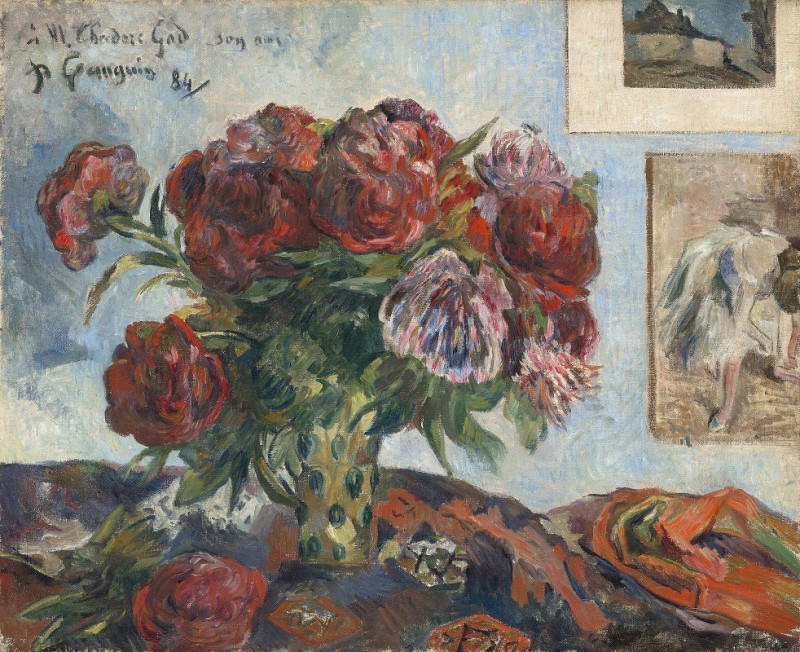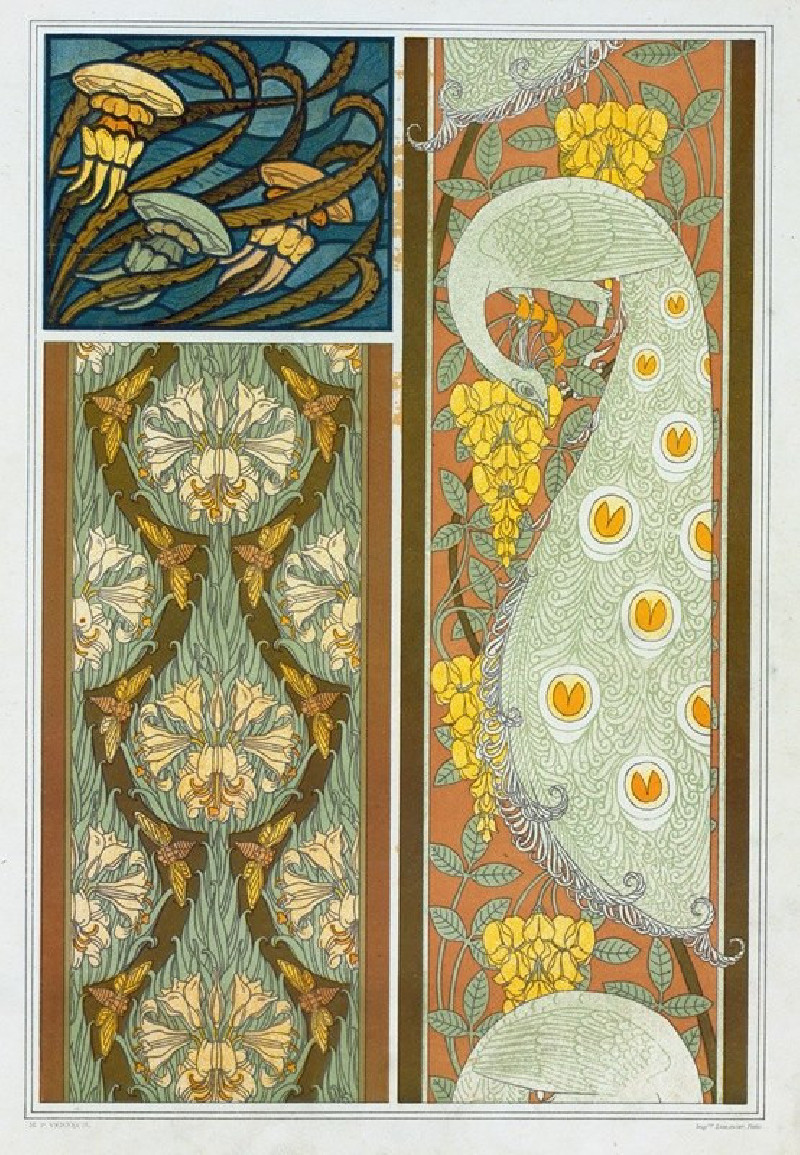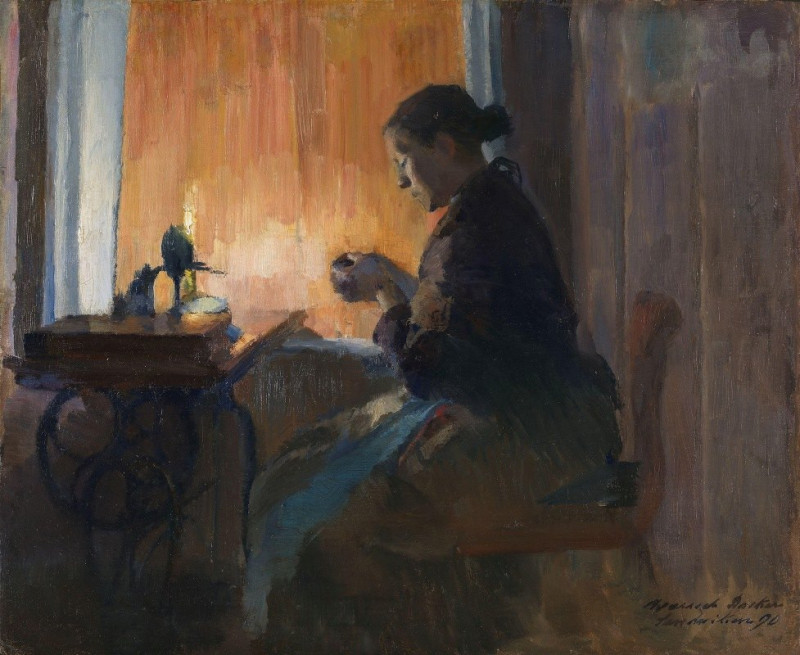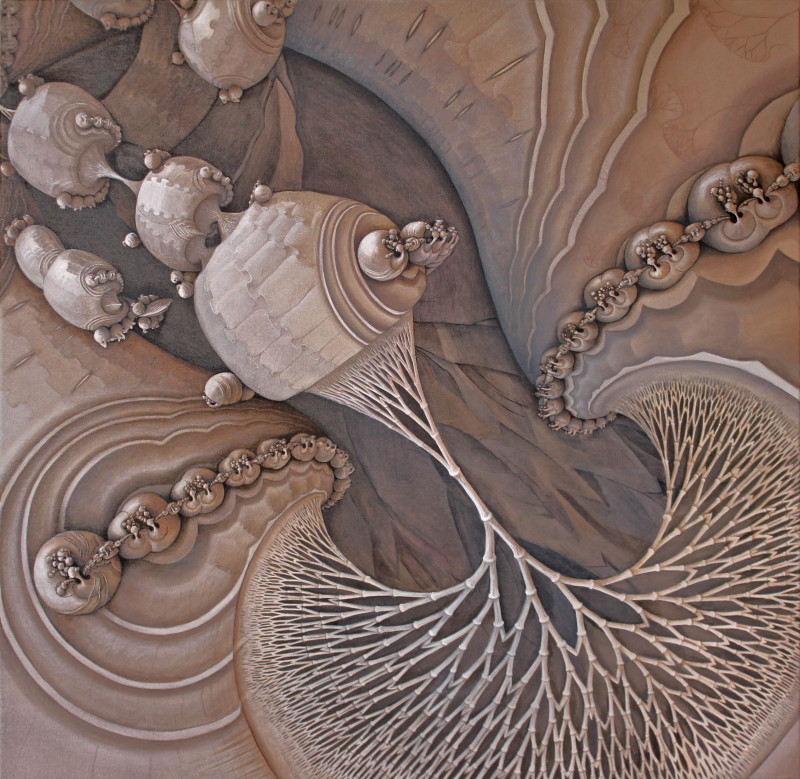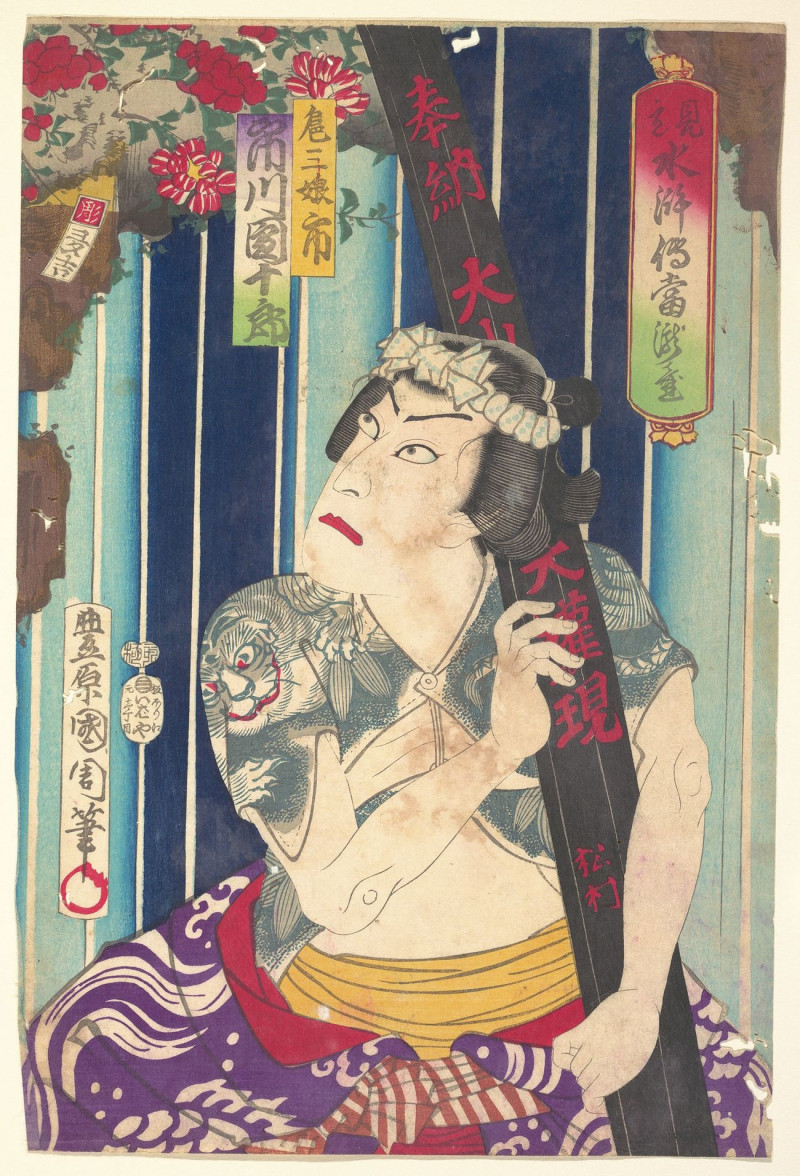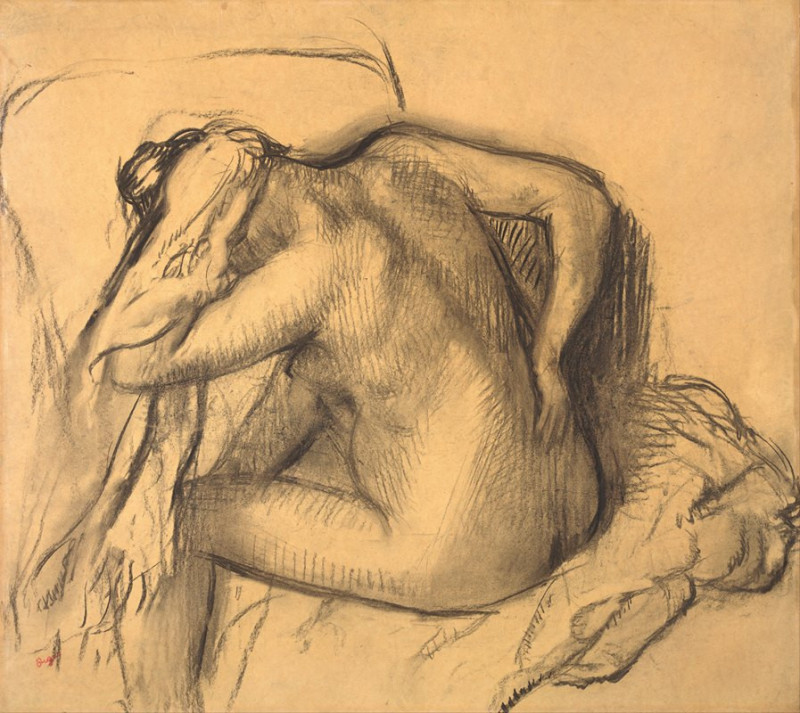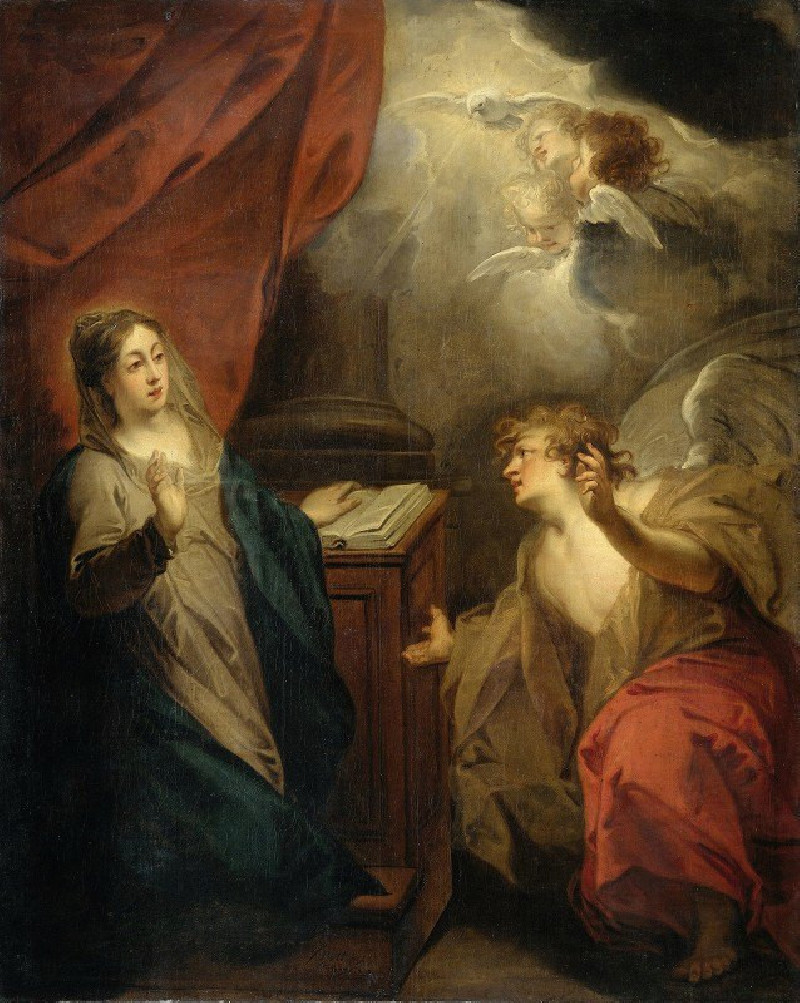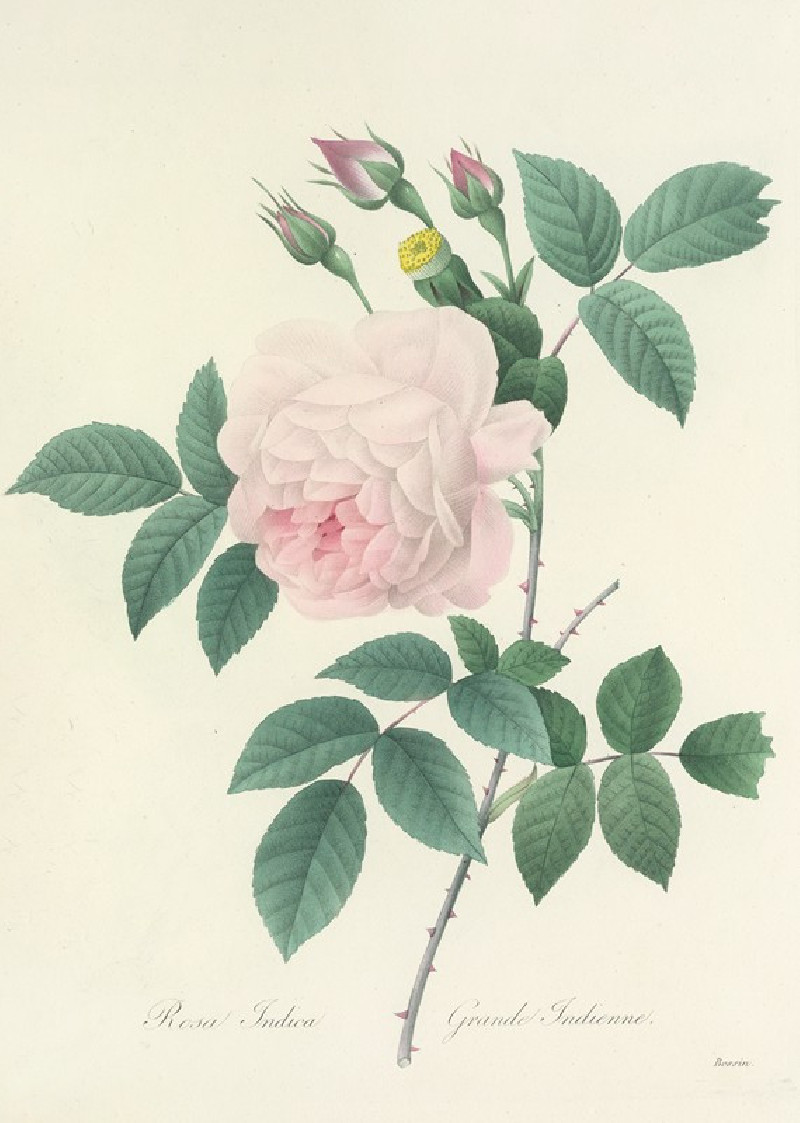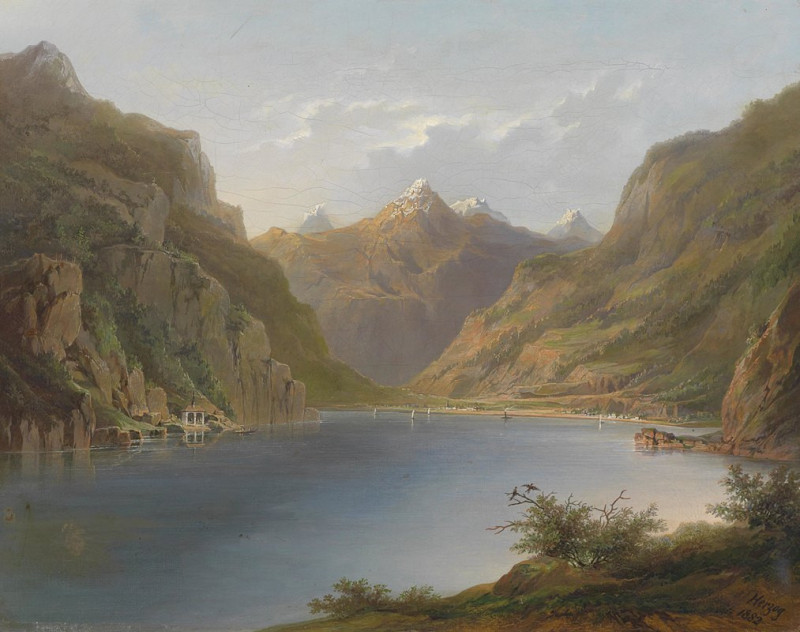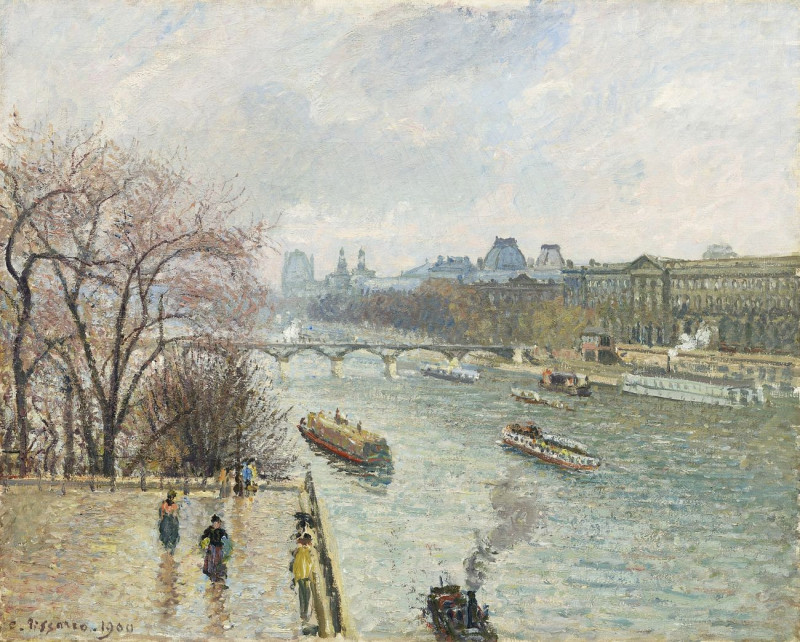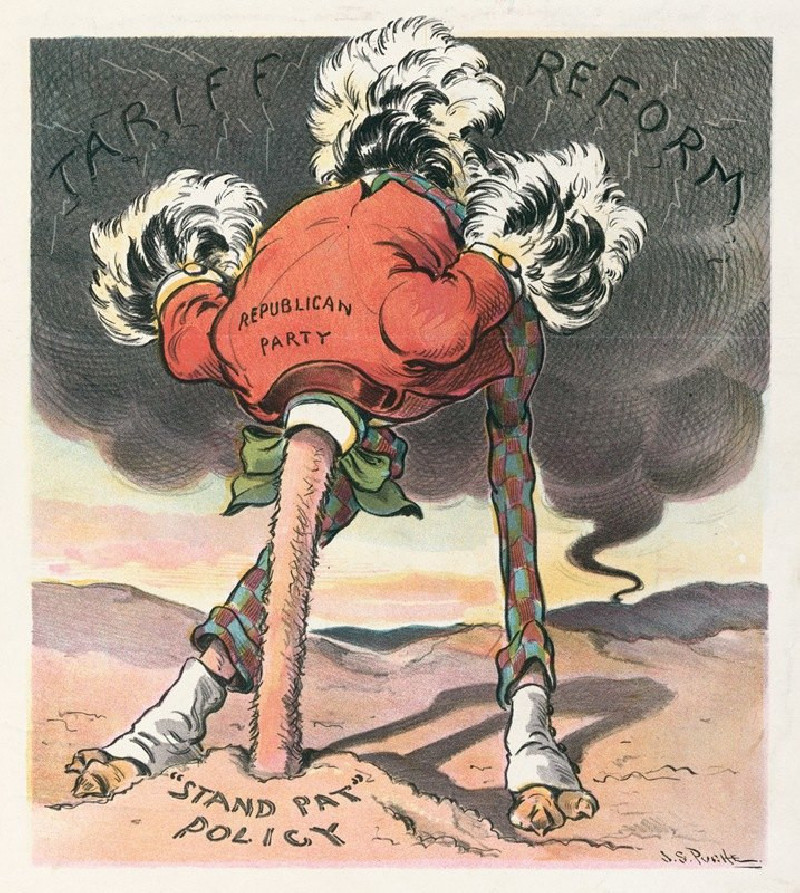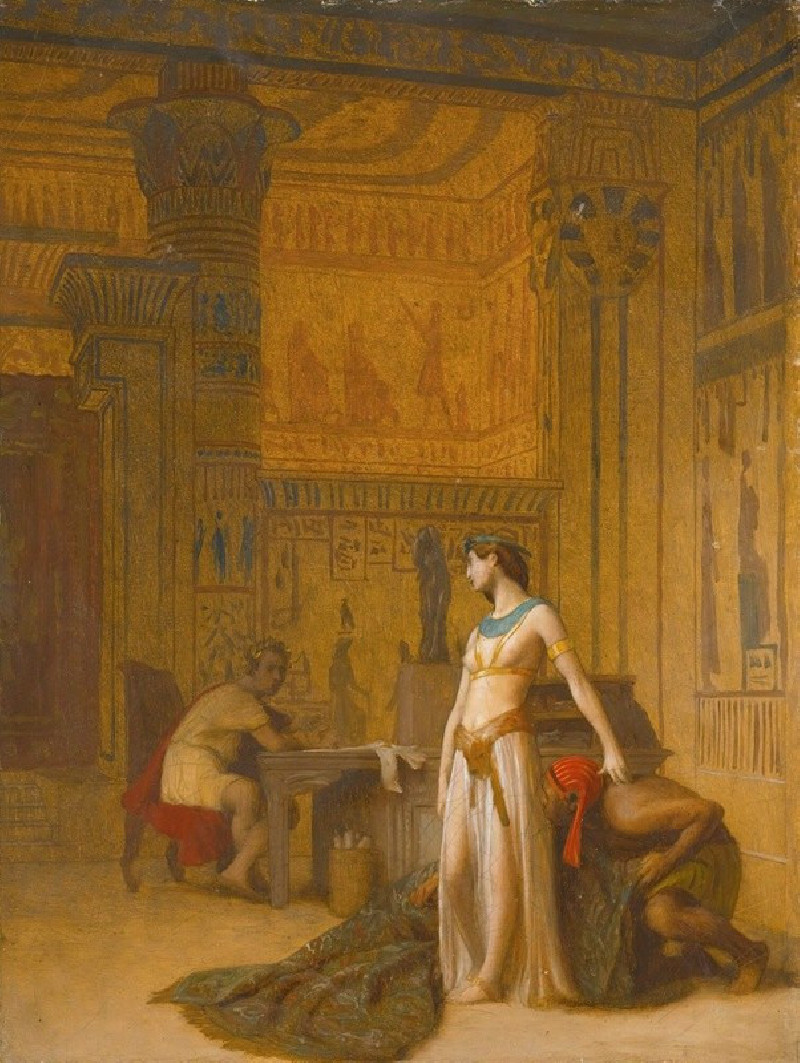The Yellow Christ (1889)
Technique: Giclée quality print
Recommended by our customers
More about this artwork
"The Yellow Christ" is an evocative painting by Paul Gauguin, created in 1889. This artwork is an excellent example of the Symbolist movement, where Gauguin moves away from realist depictions towards a composition that is rich with symbolic meaning.The centerpiece of the painting is the striking figure of Christ on the cross, rendered in a muted yellow that contrasts vividly with the surrounding landscape. This choice of color could be interpreted as a symbol for spiritual radiance or divine suffering. The Christ figure is stylistically simplified and almost abstract in form, which is a hallmark of Gauguin’s later works.Surrounding the crucifixion scene are figures dressed in traditional Breton attire, suggesting that the scene is set in Brittany, France. These onlookers include women in prayer and a kneeling man, which embed the religious experience into everyday life, suggesting a perennial, timeless quality to the scene of devotion. The landscape in the background with its rolling hills and autumnal trees painted in bold colors contributes to an atmosphere that is both mystical and earthly.This painting can be seen as Gauguin’s reflection on the intersection of faith, culture, and personal symbolism.
Delivery
Returns
Eugène Henri Paul Gauguin was a French Post-Impressionist artist. Unappreciated until after his death, Gauguin is now recognized for his experimental use of color and Synthetist style that were distinct from Impressionism. Toward the end of his life, he spent ten years in French Polynesia. The paintings from this time depict people or landscapes from that region.


